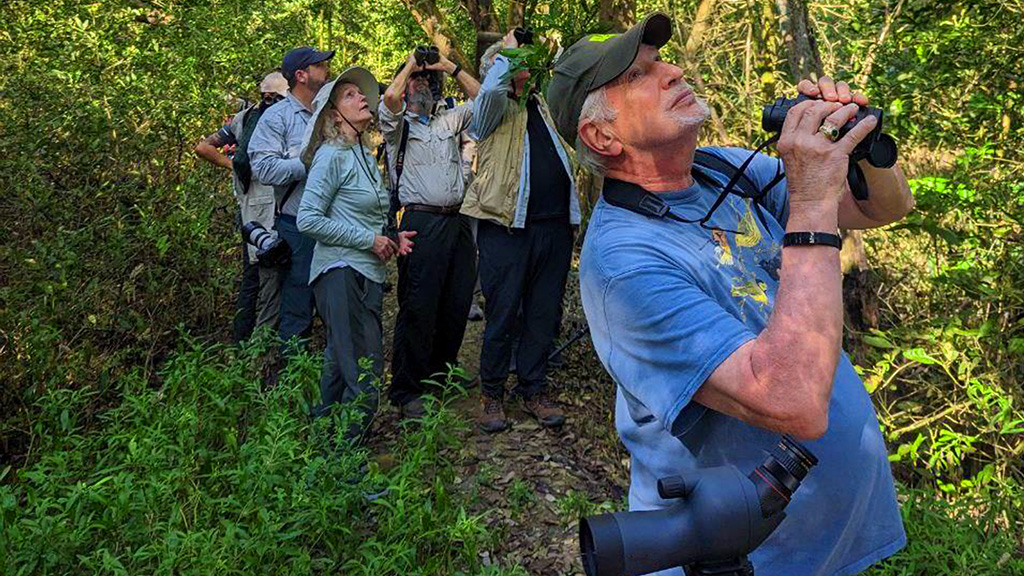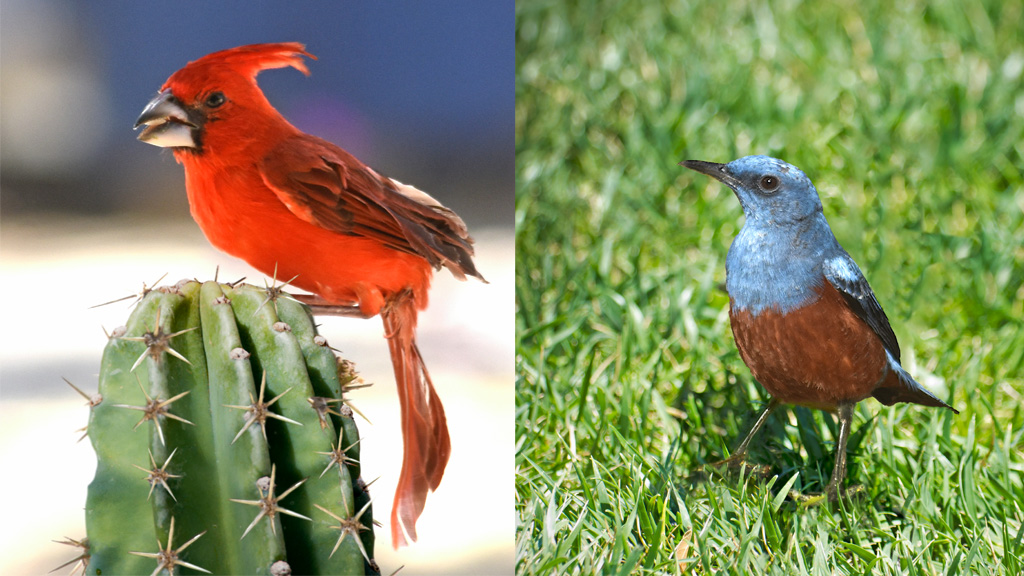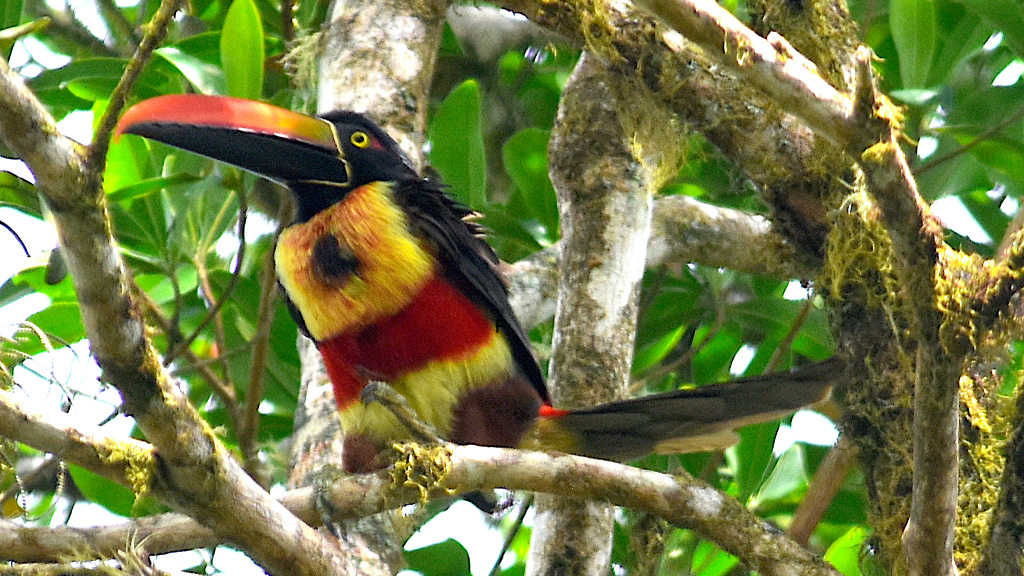The Intersection of Travel, Culture, and Birding

Hill resident Dave Wolfe on a recent birding trip
Dave Wolfe developed a passion for birding long before moving to The Hill at Whitemarsh with his wife, Nancie, in 2019. In fact, he remembers the exact moment in time when he took an interest in birding: Canada, 1978.
“We were living in Montreal at the time, and a friend told me about the migrating snow geese that were feeding on the reeds along the St. Lawrence River at Cap Tourmente,” recalled Dave. “I bought a pair of binoculars that day so that I could go check it out.”
Each fall, around 500,000 snow geese rest and feed along the Cap in order to maintain their energy ahead of their long trip south for the winter. For Dave and other birders, getting to see the enormous flock of white birds in action is a wondrous thing.
Travel and foreign language have been an integral component in both Dave’s personal and professional lives. As a professor of foreign language education, birding has been a natural intersection, connecting so many of the things he loves–culture, language, people, and history.
Upon his return home to Philadelphia, he quickly realized that he didn’t have to travel far in order to foster his newfound love of birds.
Dave and Nancie lived in Mount Airy before moving to The Hill in 2019. Despite the move, he still lived within close proximity to the woods and continued his education on the over 10,000 species of birds worldwide.
“My neighbor was really into birding, and he encouraged me to pursue it, taking me under his wing (so to speak!),” said Dave. “We would go down to the woods and do Christmas counts for the Audubon Society, which helps them determine migration patterns of certain species of birds.”
For many years, Dave would purchase bird books that corresponded to his travel destinations in order to keep track of the species he would spot.
“I have bird books from all over–Argentina, Canada, Colombia, Costa Rica, Cuba, Ecuador, Japan, Korea, Malaysia, Mexico, Peru, and many countries in Europe. Every time we traveled to a new place, I’d get a book and make time between touring cities to step into nature and get some birding in.”

Vermilion cardinal, Colombia and Blue rock thrush, Japan
Dave has since upgraded from books to an official birding app that creates a universal database of bird species across the globe for ornithologists and birders alike. No matter where he travels, he now has access to a host of information about birds right in his pocket.
A good amount of his trips, though, have been planned with the express purpose of going out into nature and discovering native species of birds.
“We fell in love with Costa Rica; we’ve probably been there well over 100 times and used to own a home there. We even planted trees and flowers around the house that would attract butterflies and different species of birds. I’ve spotted over 500 species there.”
Most recently, Dave traveled to Colombia for a birding trip. He stayed in the big city of Barranquilla and explored birding on the Caribbean slope with a group from the Audubon Society. He also traveled by train to a village on the Pacific side of the country in the Andes Mountains.
“It’s called the ‘Witch Train’ or ‘La Brujita,’ and it’s basically a plywood platform where you sit on benches, exposed to the environment,” recalled Dave. “It is powered by a motorbike at the right rear of the train. If we encounter one from the opposite direction, one of the two drivers lifts the train off of the track and you continue.”
“You get to experience so much–new geography, new foods, and new cultures. I used to mock bird watchers until I became one. It’s a great way to learn new things, experience new places, and meet new people.”
– Dave Wolfe

Fiery-billed aracari, Costa Rica
Although Dave was concerned about the safety of La Brujita, he loved it and would do it again. The train took him to an elevation of about 600 feet above sea level.
“We started at around 8,500 feet above sea level because we were in the Andes Mountains. So to experience a difference of almost 8,000 feet in two hours of travel time revealed an amazing variety of birds and plants along the way,” Dave said.
Dave hopes to plan another trip to Colombia to explore a different region of the country, since the biodiversity in countries along the equator shifts greatly from area to area, including the types of birds one can spot.
“Some birds have evolved to have seven or eight colors,” mused Dave. “One of my favorite bird songs is the toucan barbet duet that sounds like two car horns honking. I also love the violet-tailed sylph, which is a hummingbird. Its tail is a shiny, bright violet, 15 centimeters long, and its body is just 6 centimeters.”
When asked what he loves most about being able to travel as a birder, Dave doesn’t hesitate before responding: “You get to experience so much–new geography, new foods, and new cultures. I used to mock bird watchers until I became one. It’s a great way to learn new things, experience new places, and meet new people.”
Photos taken by Hill resident Dave Wolfe